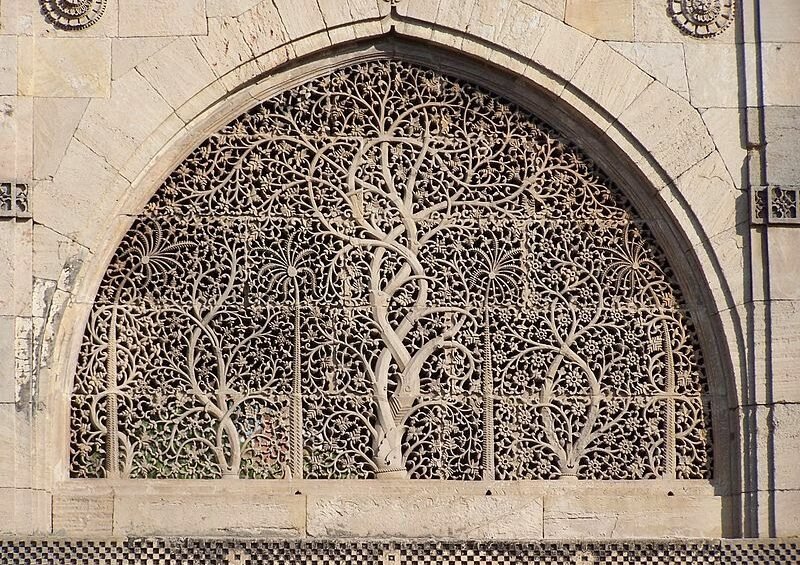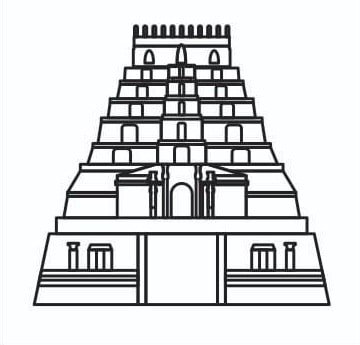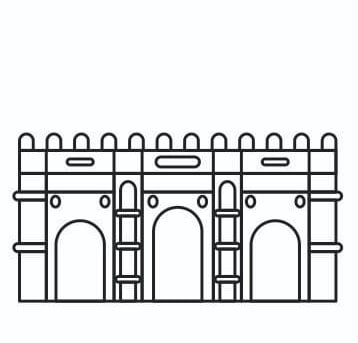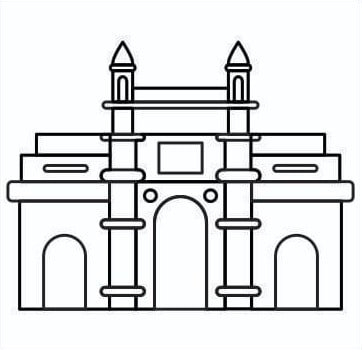Monument – Sidi Saiyyed Ni Jali, Ahmedabad
Built by – Sidi Saiyyed
Built in – 1573
The Sidi Saiyyed Mosque in Ahmedabad is a sublime ode in stone to the extraordinary architectural legacy of the African diaspora in India. The descendants of the African community became great patrons of art and architecture.
They were called Sidis or Siddis, meaning “”people from Abyssinia or Ethiopia.”” One of them was Shaykh Sayyid al Habshi Sultani, commonly known as Sidi Saiyyed, who constructed the Sidi Saiyyed Mosque.
Built in 1573, the mosque is one of the finest specimens of the prodigious architectural accomplishments of the Sidis in India. The mosque is designed in an arcuate construction system consisting of arches, domes, squinches and vaults. Designed like a theatre, the mosque does not has the fourth wall but is instead celebrated for the intricately carved filigree work on its jalis.
The ornamental latticework adorns the 10 nearly semicircular windows of the mosque, with some displaying complex geometrical designs and others carved in the manner of intertwined trees and foliage. The most impressive of them is the Sidi Saiyyed Jali, located to the right of the central walled arch.
Sixteen feet in size, the carvings on this jali represent the Tree of Life motif, which is an artistic representation of a tree believed to grow in paradise according to Islamic mythology. This finely wrought motif has become an unofficial symbol of Ahmedabad, India’s first UNESCO World Heritage city.
Photo Credit – www.historicaltimeofindia.blogspot.com














